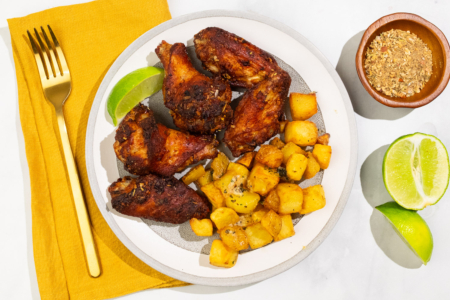Nutty, earthy, and wholesome, Japanese soba noodles are the underappreciated counterpoint to trendy ramen.
What are they?
Soba are thin noodles made from a combination of buckwheat and wheat flour. The presence of buckwheat flour gives the noodles a distinct brown color and a nutty taste.
The exact origins of soba noodles are unknown, but dumplings made from buckwheat have been a Japanese staple since the early 9th century and there are records of buckwheat noodles being popular among the residents of Tokyo in the 1600s.
Types of soba noodle dishes

Traditionally, soba noodles are either served hot with broth or chilled with a dipping sauce. There are numerous types of Japanese dishes that incorporate soba noodles, a few notable ones include:
Kake Soba: Served in a broth made from soy sauce, dashi, and mirin
Kitsune/Tanuki Soba: Topped with thin sheets of fried tofu
Tempura Soba: Topped with seafood or vegetable tempura
Tsukimi Soba: Topped with a raw egg that eventually becomes poached from the radiant heat of the broth
Tororo/Yamakake Soba: Topped with Nagaimo (Chinese yam)
How to use soba noodles

While the fresh ones are difficult to come by, it’s pretty easy to find dried soba noodles at most grocery stores with an international foods aisle and some specialty stores as well.
Thanks to their subtle taste and easy preparation, soba noodles are extremely versatile and can be incorporated into a number of cold and hot dishes. As we start moving into the warmer months of spring, you might want to try this recipe for Classic Cold Soba from Serious Eats. Alternatively, if you prefer something hot and hearty, this recipe for Sesame Soba Noodles from Damn Delicious is a treat.



